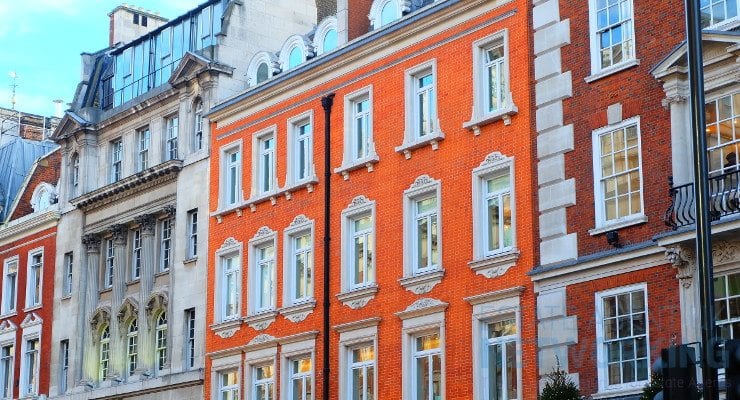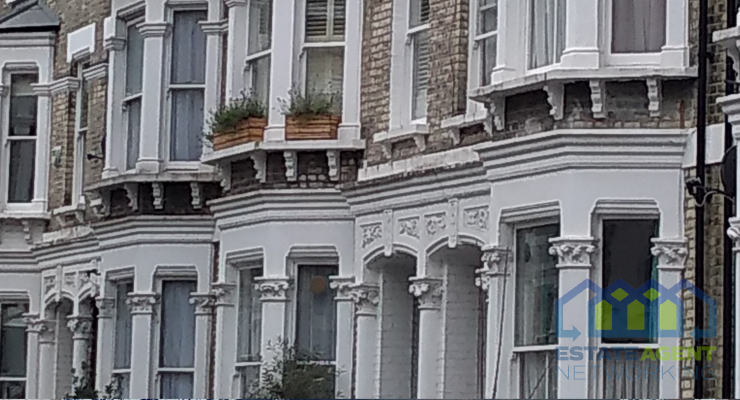Breaking Property News – 22/09/2023
Daily bite-sized proptech and property news in partnership with Proptech-X.
Bricks&Logic on factors impacting house and flats values.
Michael Joyner, Chief Data Scientist at Bricks&Logic examines how four-key events affected the UK housing market. Showing how schemes like ‘Help to Buy’ and crises like COVID-19 and the Grenfell Tower disaster impacted on houses and flats.
Michael Joyner, ‘At Bricks&Logic, we frequently emphasise that the geographical proximity of two properties doesn’t necessarily equate to identical market performances. The type of property greatly influences its performance. A recent report by the Financial Times vividly illustrated this point, examining the aftermath of the Grenfell Tower disaster and how flats struggled compared to houses.
In light of this, we sought to delve deeper into the matter, conducting a comprehensive analysis of the market behaviour of houses and flats following four significant events: 1- The introduction of the ‘Help to Buy’ scheme in 2012. 2 – The Grenfell Tower disaster in 2017. 3 – The onset of COVID-19 in early 2020. 4 – Rising Interest Rates towards the end of 2022 and into 2023.
The Financial Times article observed that, “London house prices have ascended by 17 per cent since 2017, while flat prices in the capital have declined by 1 per cent over the same duration.” However, it’s worth noting that this comparison doesn’t take into account the typical central city location of flats relative to houses. Hence, the comparison may not be as straightforward or as ‘apples-to-apples’ as it first appears.
The Introduction of Help to Buy
The UK’s ‘Help to Buy’ scheme, introduced in 2012, aimed to help first-time buyers and those struggling to purchase property. It comprised three key parts:
Equity Loan: The government provided an interest-free loan for five years, covering up to 20% (or 40% in London) of a newly built home’s cost. Buyers needed a 5% deposit and a 75% mortgage. Shared Ownership: Buyers could purchase a portion (25-75%) of their home and pay rent on the rest. Over time, they could acquire larger shares. Mortgage Guarantee: This part, active until December 2016, promoted lenders to offer 95% mortgages by providing a government-backed guarantee for a part of the mortgage.
Molo partners with Propflo to boost energy efficiency in buy-to-lets
Press Release London, September 20th, 2023. Molo Finance, the UK’s first fully digital mortgage lender, is excited to announce its strategic collaboration with Propflo, an award-winning AI-driven proptech startup. This partnership will offer an end-to-end solution for landlords seeking to undertake energy efficiency upgrades.
Following a highly successful trial during the summer, which saw an increase in average engagement rates, Molo will introduce GreenVal, a cutting-edge tool from Propflo. The innovative tool is designed to help landlords become compliant with Energy Efficiency Standards and offers a range of options and recommendations for compliance, as well as direct quotes from reputable national suppliers.
The tool integrates with Propflo’s HomeHub, where customers can effortlessly: Manage quotes and improvement works in one place, Securely store key property documents like warranties, set important reminders like gas safety servicing, Use smart home technology to monitor real-time energy efficiency and risks like mould.
Propflo launched the retrofit GreenVal tool in anticipation of the impending Minimum Energy Efficiency Standards (MEES) that will require private rented properties to achieve a minimum energy rating of C by 2028. The standards are expected to be confirmed this year.
Why property professionals need even more help with money laundering according to First AML
An overview by Simon Luke, UK Country Manager at First AML, ‘As a relatively low-risk investment, and an opportunity to increase funds through reselling and renting, the property sector is uncoincidentally an attractive choice for criminals to clean their “dirty money”. Over $2.3 billion was laundered between 2015 and 2021 through US property, as reported by Global Financial Integrity (GFI). Likewise, it was detected that high corruption-risk individuals purchased 160 properties worth over £4 billion in the UK during 2017 alone.
Money laundering through property is one of the most established paths to move and conceal illicit funds. Donald Toon, the director of economic crime at the National Crime Agency, expressed that “the London property market has been skewed by laundered money. Prices are being artificially driven up by overseas criminals who want to sequester their assets here in the UK.” The consequence? An artificially distorted property market, while human trafficking, terrorism, and other forms of organised crime continue.
When it comes down to it, the obligation of identifying and minimising the risk of money laundering ultimately lies with frontline compliance teams. However, solely recognising the high risk nature of property and being aware of the tools on hand is not enough. More help is needed to minimise the threat of money laundering and shift the needle on the wider perception that property is a safe haven for dirty money.








